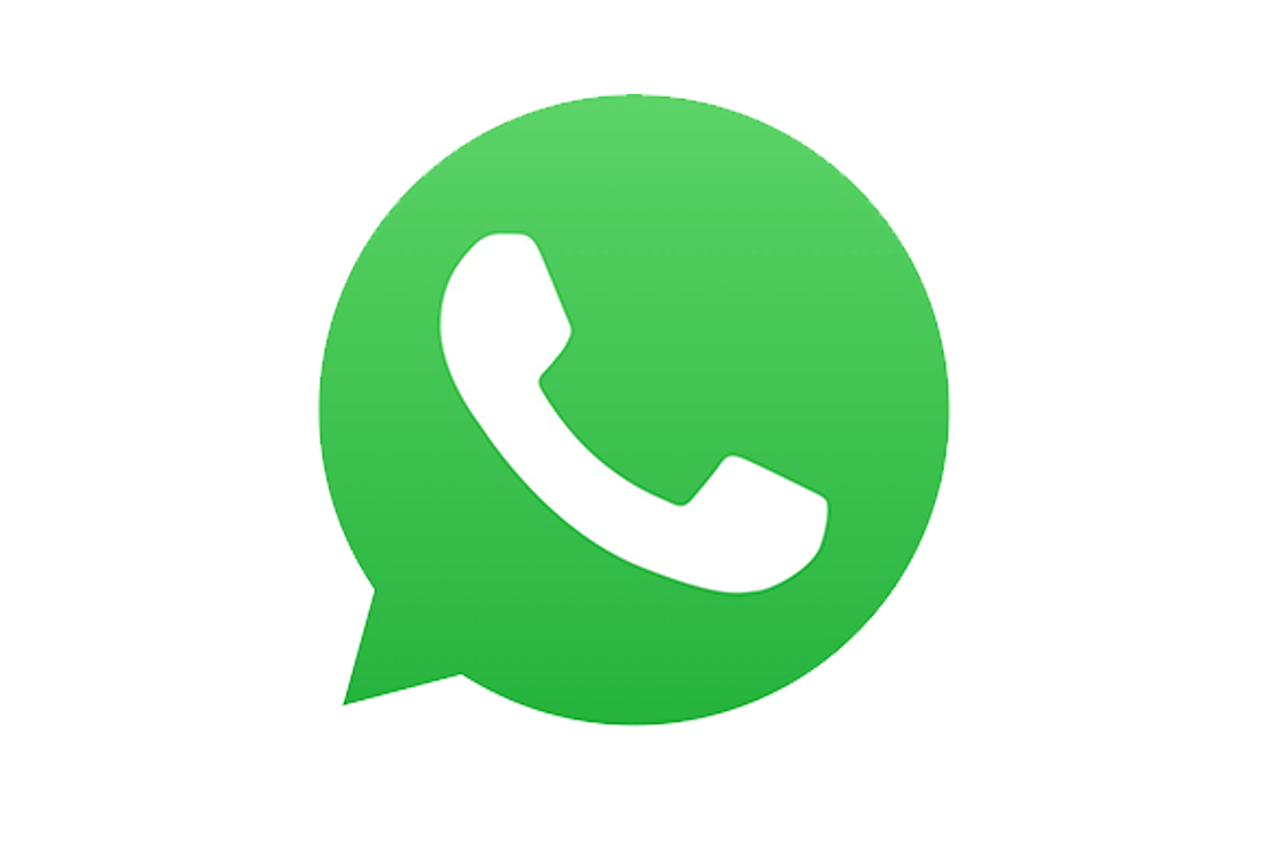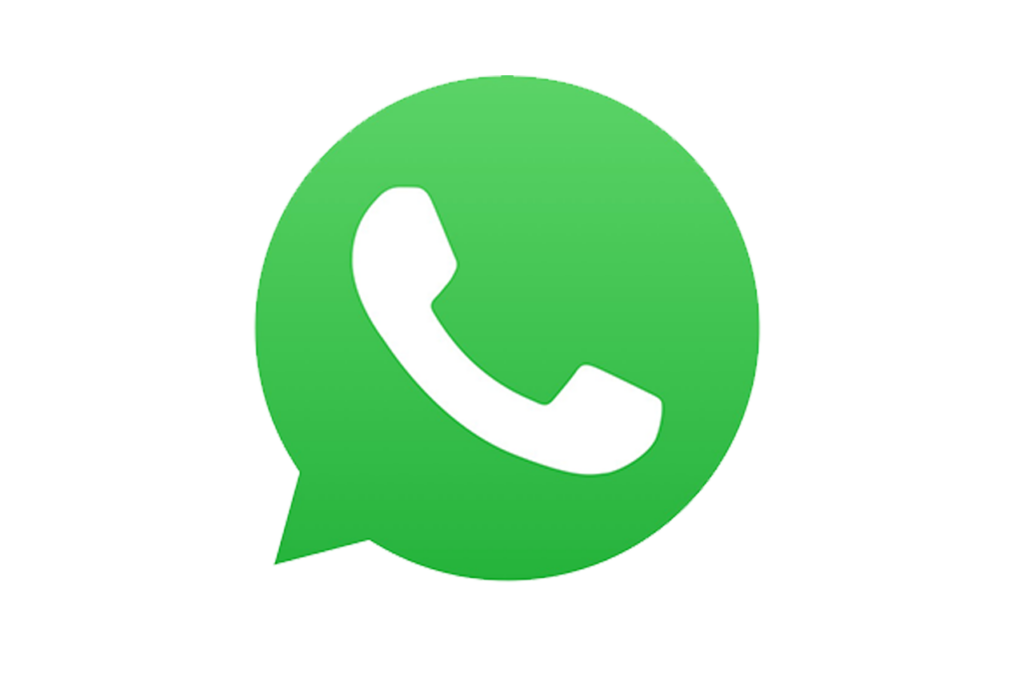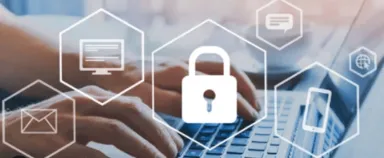As more people share their perspectives and talents through blogs, vlogs, and creative outlets, expressing yourself online can feel empowering. However, it’s crucial in today’s digital world to protect your privacy as you pursue public projects. With expanding connectivity come growing risks like prying eyes, impersonation, and bad actors seeking sensitive data. As inviting authentic discussion is vital, safeguarding yourself and the community should be a priority from the start.
Whether venturing into the blogosphere, launching a YouTube channel, or building an online presence through artisan crafts, approach with awareness. Simple precautions make the difference between thriving connections and accidental vulnerabilities. Ensure strong account security through multi-factor authentication wherever possible. Review privacy settings regularly as platforms evolve. Consider anonymity if it is mandatory.
The importance of understanding your online privacy risks
As digital tools increasingly enrich our lives, take care that connectedness doesn’t compromise privacy. Data collected over time reveals much if left unguarded. Understanding potential risks empowers citizens to thrive safely online.
“Breaches” causing credential exposure enable more insidious actors. Stealing identities or funds shakes security’s foundation. Ensuring account security through varied authentication defenses prevents opportunistic harm.
Social engineering preys on humanity’s desire to help. Deceptive messages manipulate trust for malicious ends, like spreading malware. Independently verifying requests minimizes these “hacks.” Awareness arms internet inhabitants, not anxieties. Small precautions with massive impacts yield: passwords’ strength, caution before clicking, and keeping software updated. Technology magnifies both risks and the tools to manage them. Ultimately, responsible users stay informed yet optimistic. Networks uplift when traversing consciously, consensually contributing while reserving privacy. Understanding evolves protection without losing connection’s benefits. With care, digital living enriches life’s journey.
How to create strong and secure passwords
When establishing a password for your online account, prioritizing strength and security is paramount. A robust password serves as a barrier against unauthorized access, safeguarding your account from potential breaches. Optimal password security extends protection to your personal information and data, shielding them from potential harm. Begin by incorporating a diverse mix of upper- and lower-case letters, numbers, and special characters into your password. Steer clear of easily guessable or sequential combinations, such as “1234” or “abcd,” as these pose a vulnerability to hacking attempts. Instead, opt for a random and intricate amalgamation of characters, enhancing the password’s resilience. Additionally, consider the length of your password; a longer password, ideally exceeding 12 characters, significantly heightens its resistance to cracking. However, refrain from using commonplace phrases.
To enhance security, avoid using identical passwords across multiple accounts to mitigate the risk of a domino effect if one account is compromised. Opt for unique passwords for each account, and consider employing a password manager for efficient management.
Exercise caution against phishing scams, as they aim to deceive you into revealing sensitive information. Verify the legitimacy of emails or messages prompting password entry or link clicks. Ensure your email and other accounts have distinct passwords. Adhering to these guidelines reinforces the strength and security of your blog’s password, safeguarding personal data from potential threats.
How to set up two-factor authentication for account
Two-factor authentication adds an extra layer of security to safeguard your blog account from unauthorized access. It requires a secondary form of authentication, such as a code sent to your phone, in addition to your password. This significantly enhances protection, making it challenging for hackers to gain entry, even if they have your password. To set up two-factor authentication, choose a second authentication method, like a text message, an authentication app, or a physical key, and enable it in your account settings.
When first activating two-factor authentication for your account, you will need to confirm your identity through a second verification step. This may involve entering a one-time code sent to your mobile device.
Once your information is validated through both your login details and secondary verification method, multi-factor authentication will be enabled for future logins to your account.
From then on, each time you access your account, you will be asked to provide both your password and the secondary verification factor—whether a code texted to your phone or action through the associated app.
Establishing this additional layer of security offers a straightforward way to strengthen the protective measures around your account. The minor inconvenience of multi-factor authentication is outweighed by the assurance it provides for keeping your digital content and personal information safe from potential threats.
Innovative Strategies for Online Privacy and Identity Protection
As digital interconnectedness expands, responsible care for sensitive data becomes ever more important. With a few prudent precautions, one can freely express themselves online while safeguarding what matters most.
- Be mindful of the information you share. Be cautious about the personal information you share online, including your full name, birth date, address, and phone number. Consider limiting the amount of personal information you share on social media profiles.
- Use strong, unique passwords: Use strong passwords that are at least 12 characters long and include a mix of letters, numbers, and symbols. Avoid using the same password for multiple accounts, and consider using a password manager to keep track of them all.
- Enable two-factor authentication: Two-factor authentication adds an extra layer of security to your accounts by requiring a second form of authentication, such as a code sent to your phone. Enable this feature whenever possible to help protect your accounts from unauthorized access.
- Be wary of phishing scams: Phishing scams are designed to trick you into giving away your personal information or login credentials. Be cautious of emails or messages that ask you to enter your password or click on a link, and be sure to verify the source before doing so.
- Keep your software up to date: Software updates often include important security patches that can help protect your computer or mobile device from vulnerabilities. Keep your operating system, web browser, and other software up to date to stay protected.
- Use a VPN: A virtual private network (VPN) can help protect your online privacy by encrypting your internet connection and masking your IP address. Consider using a VPN, especially when using public Wi-Fi networks.
Implementing these strategies serves as a proactive shield, safeguarding your personal information and preserving your online identity. Embrace these measures to ensure a safe and secure online experience, allowing you to reap the full benefits of the internet with confidence.
secure your account from cyber threats and attacks
Ensuring the security of your account against cyber threats and potential attacks is paramount for safeguarding both your content and personal information. Here are effective measures to help fortify the security of your account:
- Keep Software Updated:
- Regularly update your account software to leverage security patches that safeguard against vulnerabilities, serving as a fundamental defense against cyber attacks.
- Choose a Secure Hosting Platform:
- Opt for a hosting platform that prioritizes security, offering routine updates and backups. Look for features like SSL certificates, two-factor authentication, and malware scanning to enhance overall protection.
- Employ Strong, Unique Passwords:
- Utilize robust passwords for your blog and associated accounts, avoiding repetition across multiple platforms. Leverage a password manager for the generation and secure storage of intricate passwords.
- Limit Login Attempts:
- Implement a plugin or tool to restrict the number of login attempts, effectively thwarting potential brute-force attacks and enhancing the overall security posture.
- Regularly Back Up Your Content:
- Ensure the regular backup of your account’s content and data, either through manual processes or by utilizing a reliable backup tool. This proactive step mitigates the risk of data loss in the event of a cyber attack.
- Scan for Malware:
- Conduct routine malware and virus scans on your account using reputable scanning tools or plugins, offering a continuous defense against potential security threats.
By diligently following these steps, you are minimizing the risk of cyber threats and attacks. Stay vigilant, remain proactive in your security measures, and consistently monitor for potential risks to uphold a resilient defense posture.






















